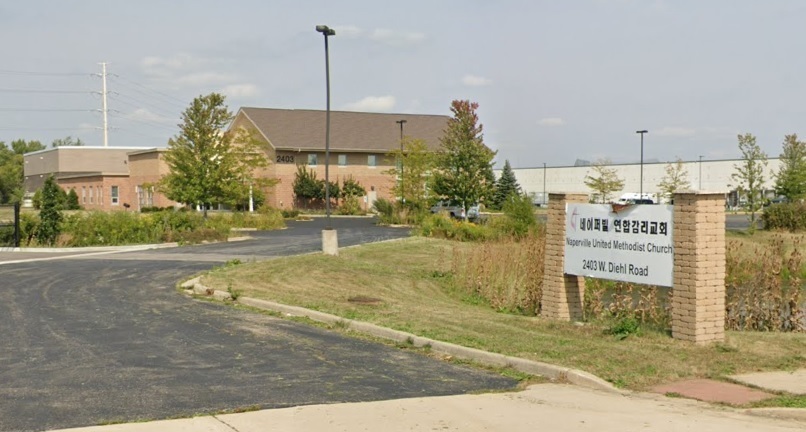Lettuce is a staple ingredient in the summer when more people will be making salads and burgers, but this leafy green is infamous for spoiling quickly just after being bought.
One of the biggest reasons lettuce leaves begin going soggy, wilting or even turning brown is that have a high water content which can attract bacteria or even mould if not stored properly in the fridge.
Nicole Modic, a cookbook author and founder of Kale Junkie has shared that any lettuce she bought would always die after a few days until she discovered a food storage hack to extend its shelf life.
She said: “With this simple and easy kitchen hack, your lettuce will stay fresh for up to two (or more) weeks, making your days of limp lettuce a thing of the past!
“The best part is, this hack works with all types of lettuce, making it a versatile hack to keep in your back pocket.”
How to make lettuce and other leafy greens last two weeks longer
This simple storage method takes five minutes to do and all you will need is a knife, paper towels (or a tea towel) and a large sandwich bag.
Begin by cutting off the stem of a lettuce head, as it can harbour bacteria and getting rid of it eliminates the primary source of contamination for salad leaves.
Then wrap the lettuce in a tea towel or towel, place it in the sandwich bag and then simply pop it in the fridge.
Lettuce is known to produce excess moisture due to its high water content which attracts bacteria and mould.
The towel will absorb the moisture as well as act as a barrier to protect the lettuce from bacteria, which means it will stay fresher for much longer than it normally would.
Make sure to change the tea towel or paper towels every few days, and the lettuce will stay crisp and fresh for two weeks longer or even more.
Not only will this simple storage method extend the shelf life of lettuce, but it will work with other leafy vegetables spinach, kale, bok choy and rocket salad leaves as well.
Nicole said: “Lucky for us, now we have this hack, which makes extending the life of your lettuce simple and easy (and, not to mention: also cost-effective and more sustainable!)”







